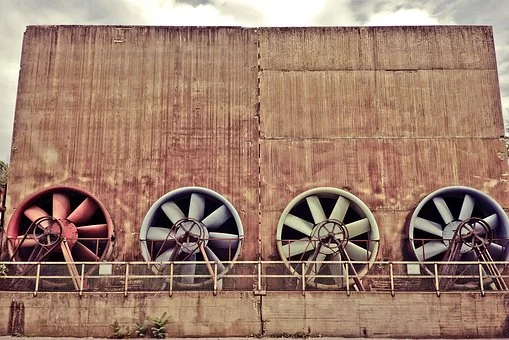How To Avoid Ventilation Traps Of The Roof
The contractor will help to hire a proper roof to meet the required ventilation on the roof. But even the most effective specialists may not see through certain obstacles, which could be a problem for the effective functioning of the ventilation system. The following lines describe some of these traps which are notified by the contractor, which can adversely affect the installation of the roof ventilation in Brisbane system.
Heat accumulation problem:
Most contractors are concerned about the increased heat from the roof. If the temperature in this room is going to an uncomfortable level, it is not possible to use a room directly under the roof, known as an ‘attic’. However, you should not forget about winter. It is necessary to control the temperature in summer, so in winter it is necessary to keep the attic. In winter, mercury falls on the outside, and the people of the house create water vapour inside, increasing moisture in the attic. The contractor must create a perfectly flat roof ventilation system with exhaust and intake vents, which will help remove moisture from the room and prevent material damage.
The contractor requires an effective strategy for roof ventilation to operate in all weather conditions and to beat heat and humidity growth. Proper ventilation of the roof protects the house from ice dams caused by snow. Also, water vapour (typically 2-4 gallons), usually produced by the family, and is removed by effective roof ventilation from activities such as breathing, washing, showering and cooking.
Forget the scales:
The roofing contractor must ensure that exhaust and intake vents are perfectly balanced in the roof ventilation system. Entry vents are usually installed under the eaves or bottom edges or floors of the roof, and exhaust leaks are installed near the roof or rooftop. A proper balance of the application of these instructions creates an efficient and effective roof ventilation system. Under good conditions, leakage and intakes should be equal to total net clearance. If they are not compatible, you will not be able to achieve excellent conditions for a fair function.
 If the contractor is convinced that the roof ventilation system cannot be balanced, if the roof is on both sides, the exhaust device will increase the function of the intake relatives rather than convert them to exhaust gases, which are larger than them.
If the contractor is convinced that the roof ventilation system cannot be balanced, if the roof is on both sides, the exhaust device will increase the function of the intake relatives rather than convert them to exhaust gases, which are larger than them.
Misconceptions about ‘more’:
It is a common misconception that if there is more than one type of leak, the efficiency of the roof ventilation system will increase again and again. Combinations or mixing of different exhaust types, such as wind turbines, ridge vents, and holy power fans, on a single roof, can cause short circuits within the roof ventilation system. This, in turn, reduces ventilation efficiency, so the weather area affects the temperature in the attic.
In the case of intake and exhaust only, the wet air trapped in the attic is flushed through the exhaust, but in the case of two leaks, the ‘secondary’ leakage prevents airflow. This means that many areas in the attic will not be ventilated.
Therefore, if the contractor knows the roof above, then we can ensure the effective operation of the roof ventilation system. Check this link https://www.doctordampventilation.com.au/sub-floor-ventilation/ to find out more details.
